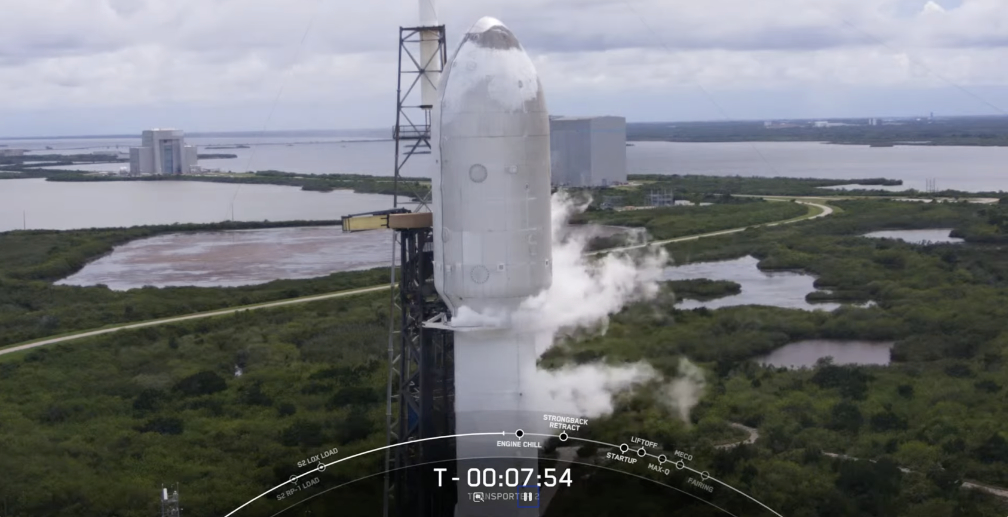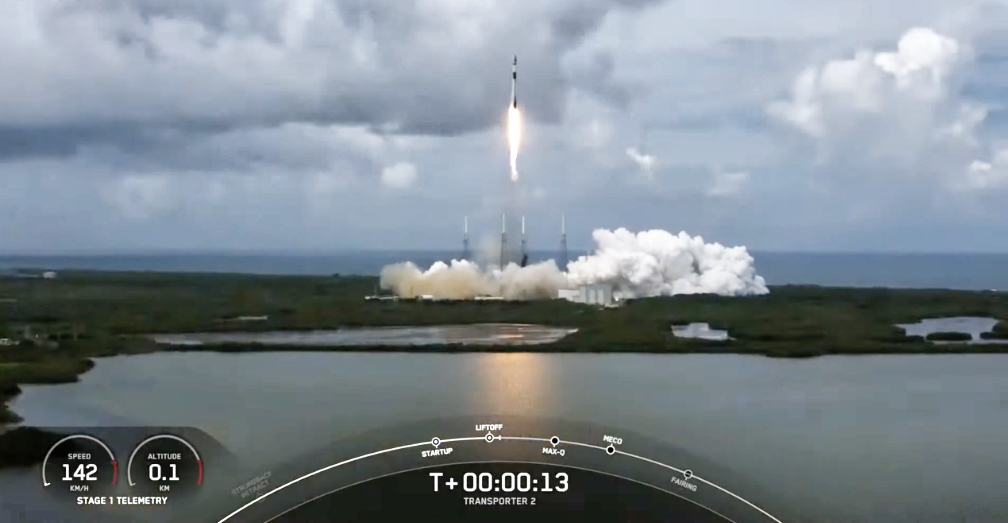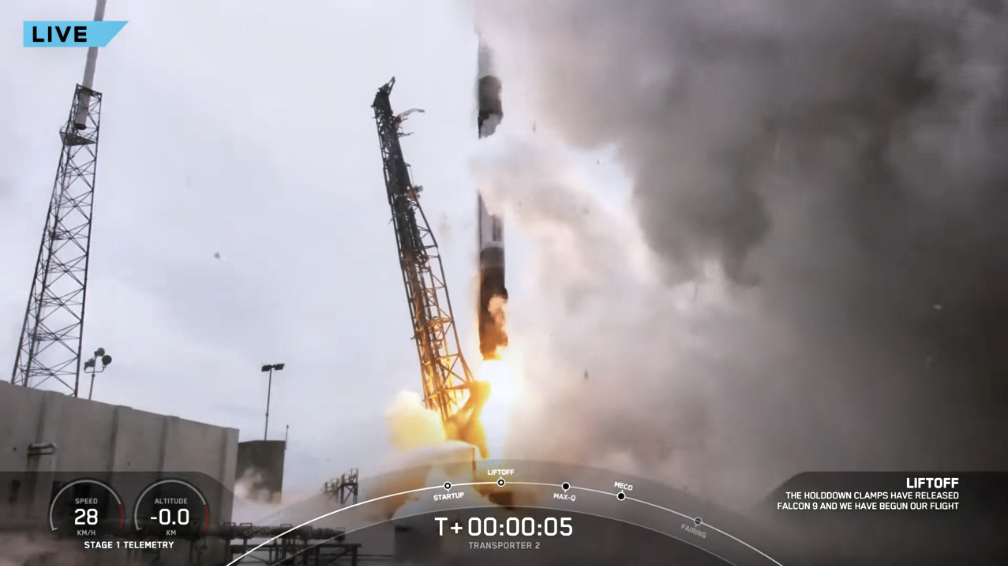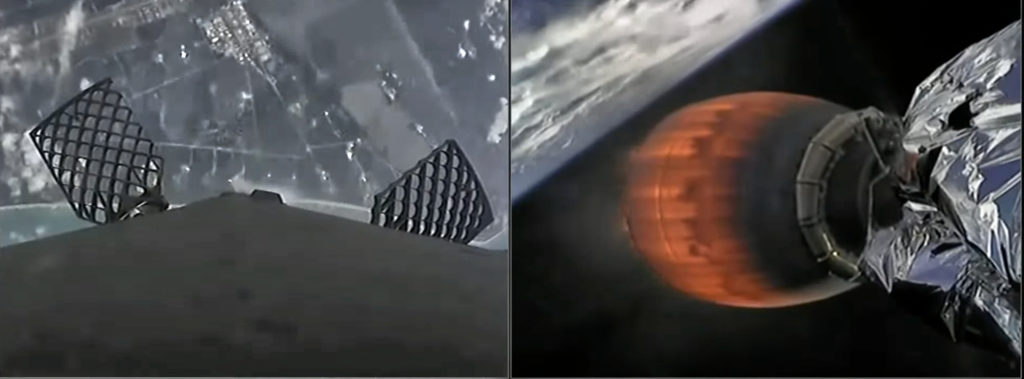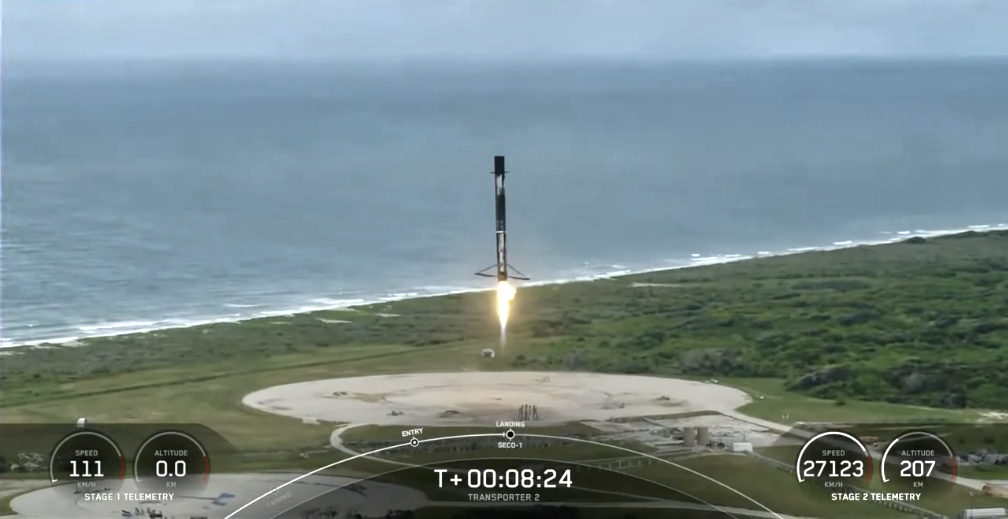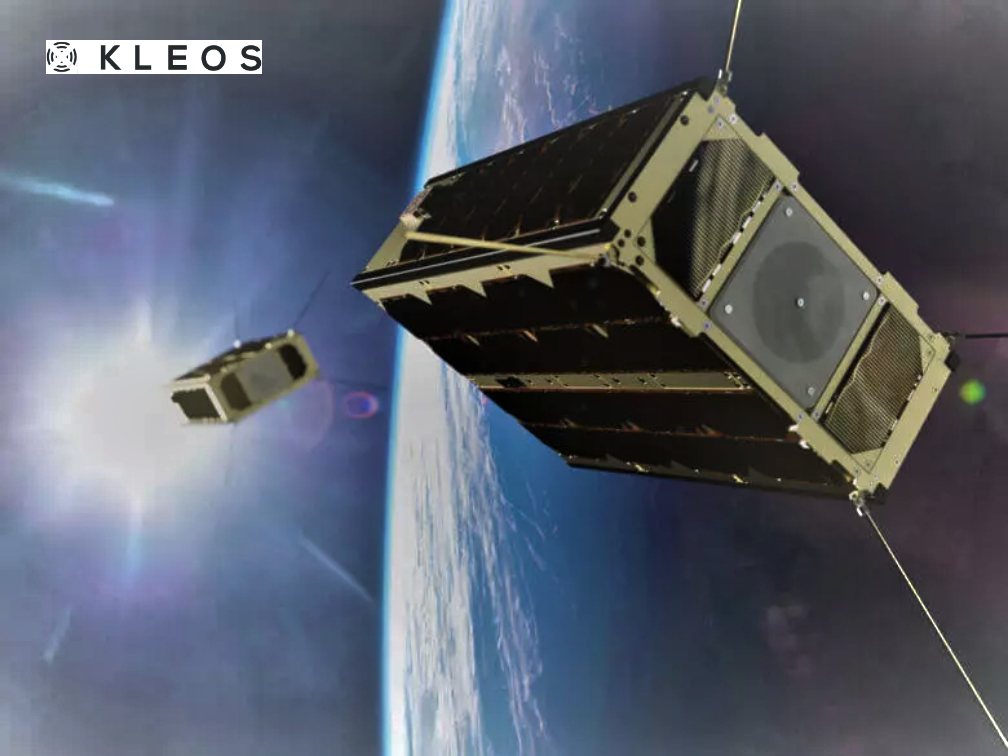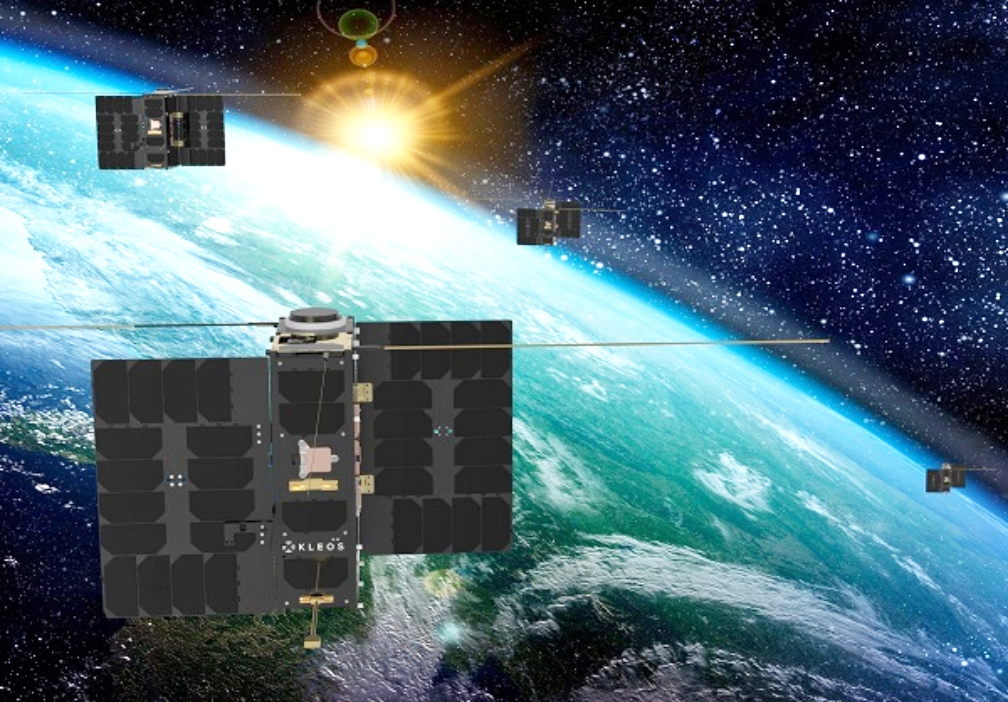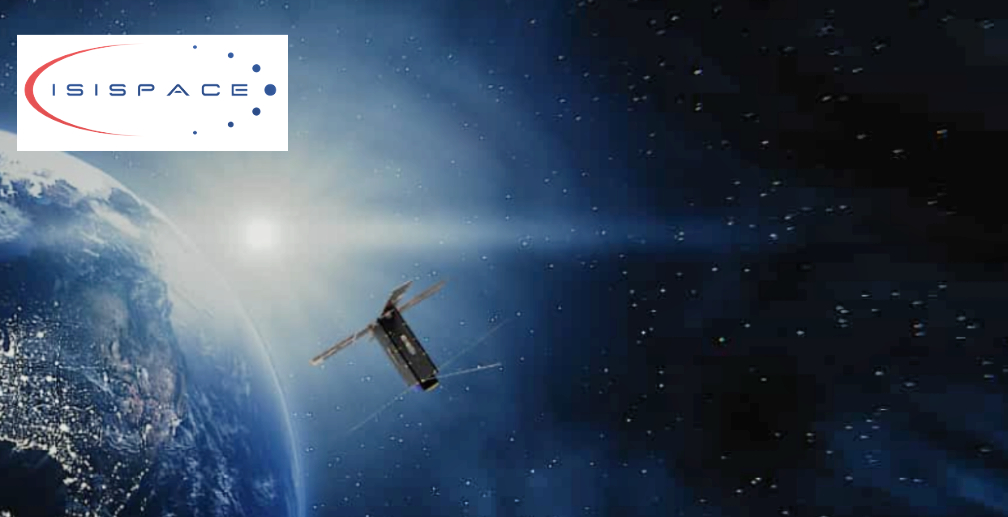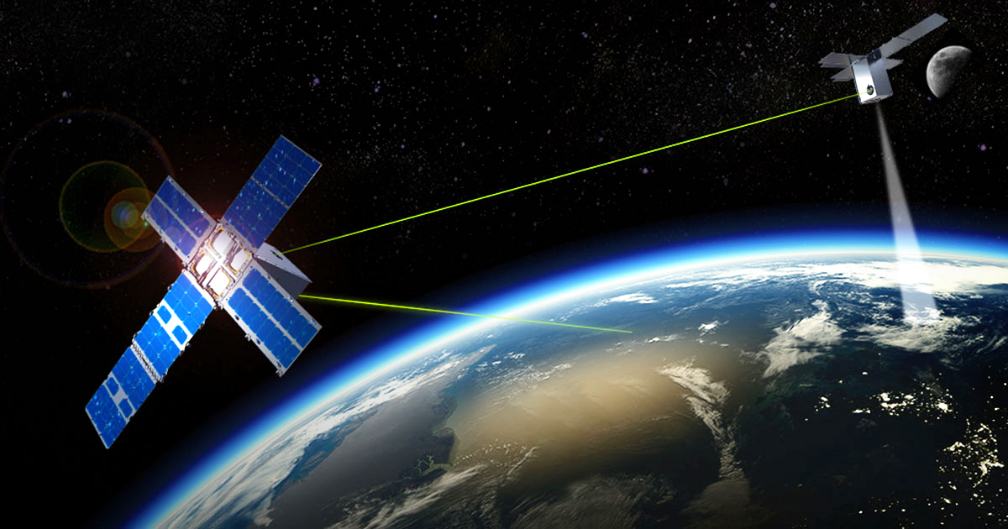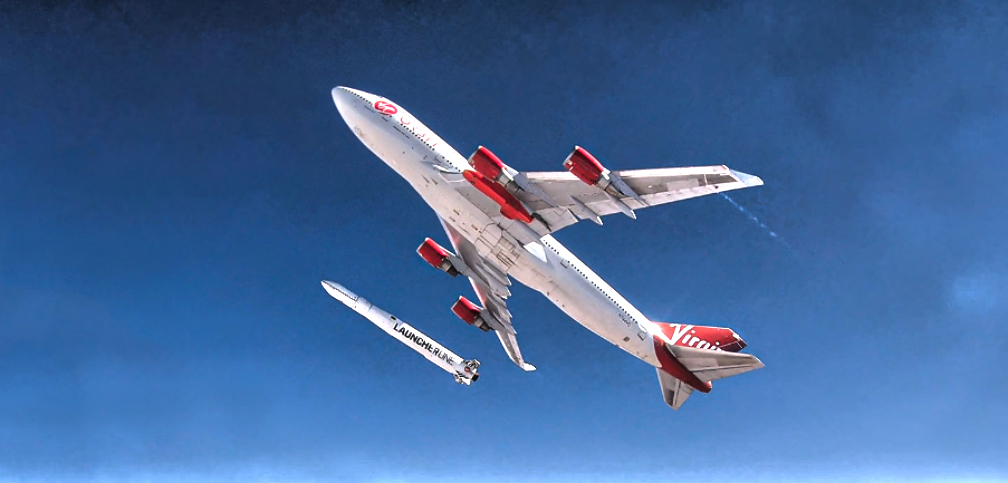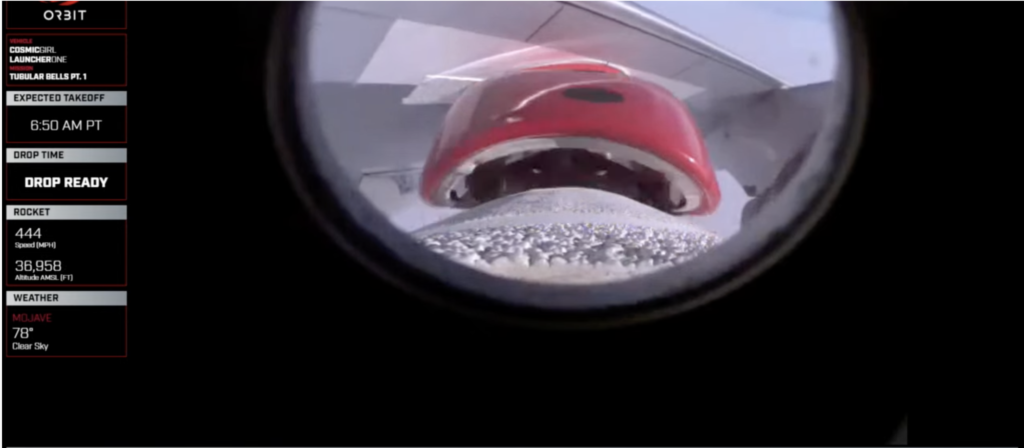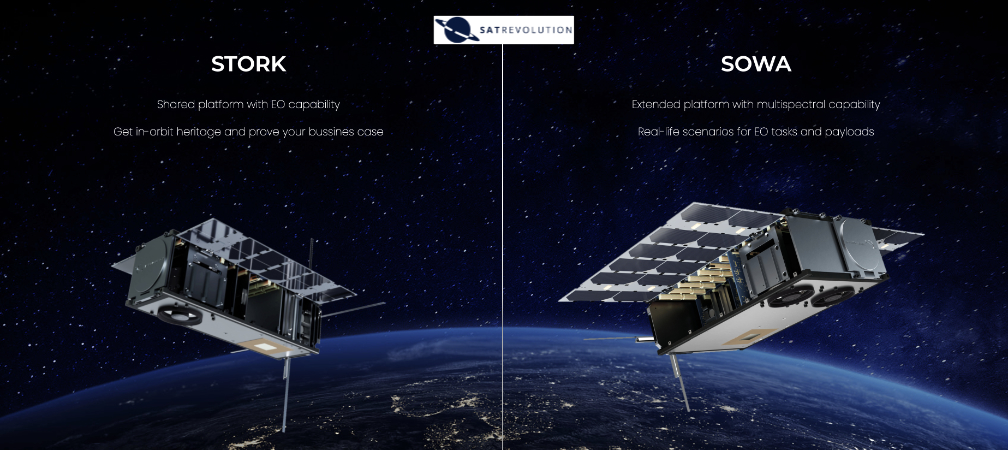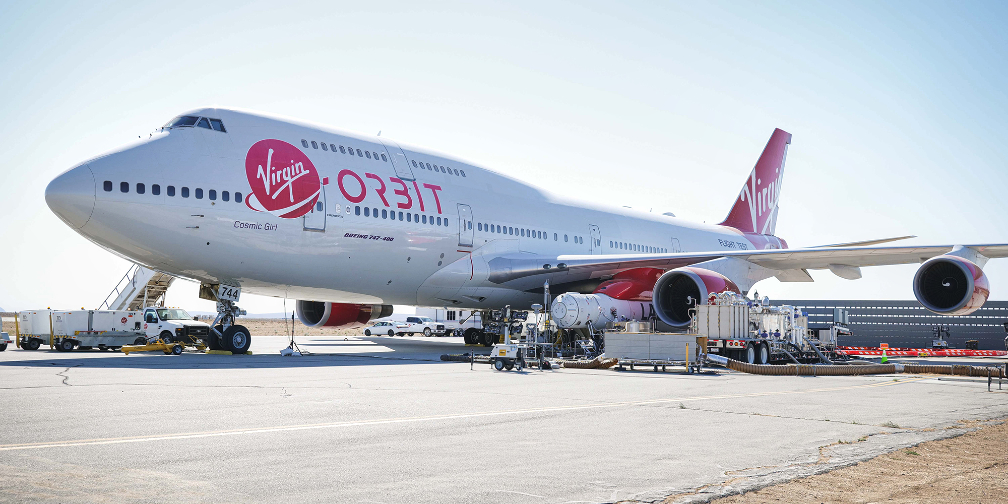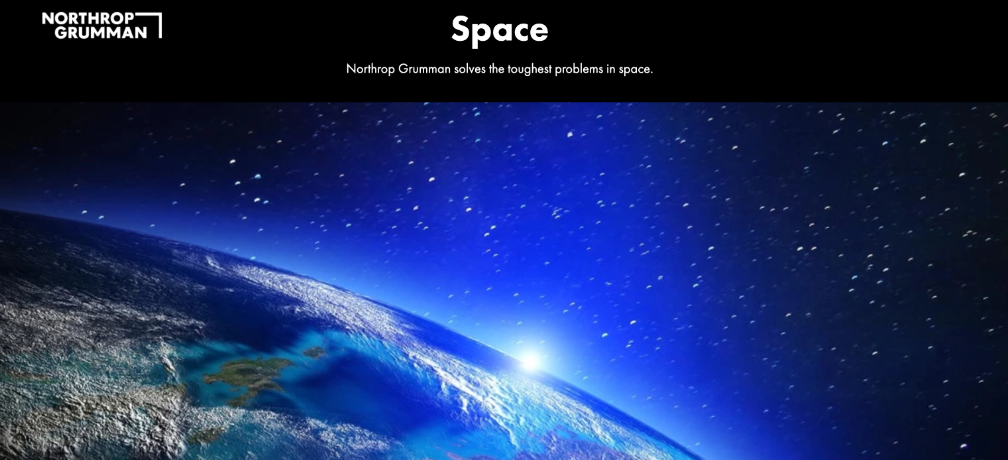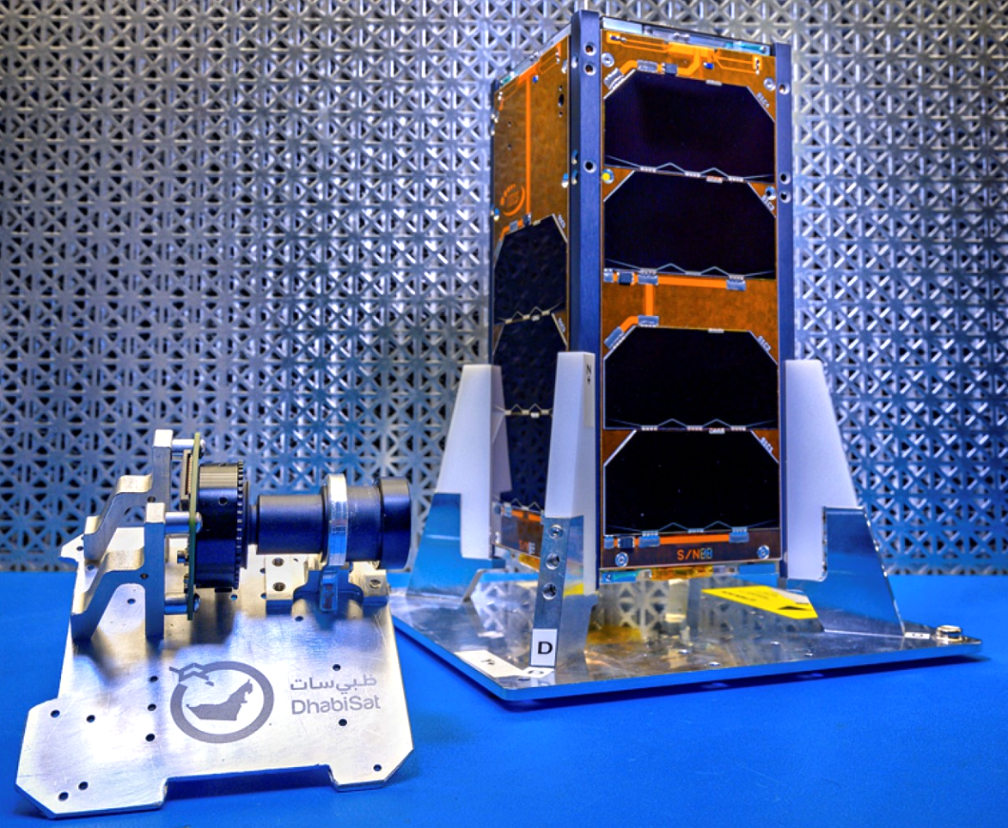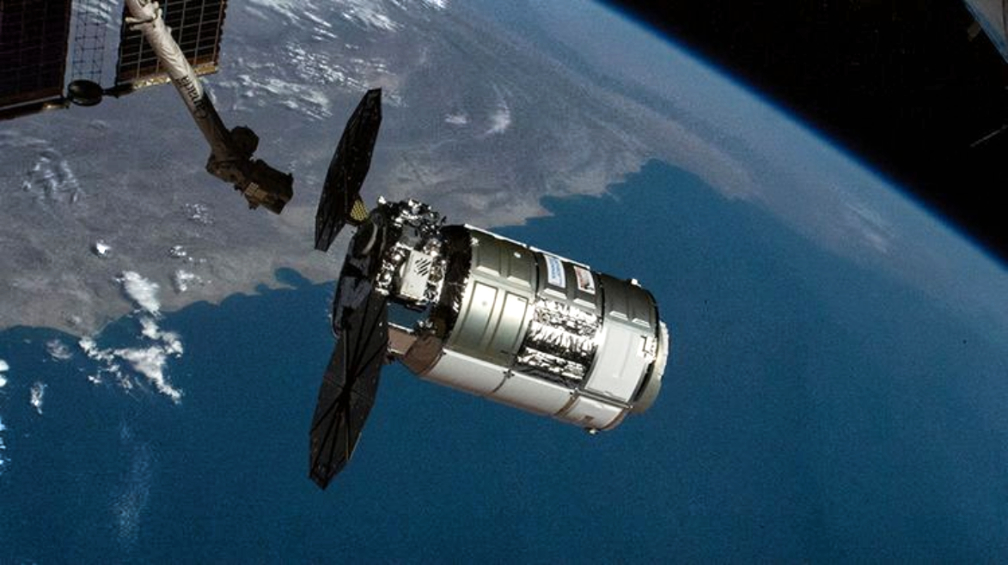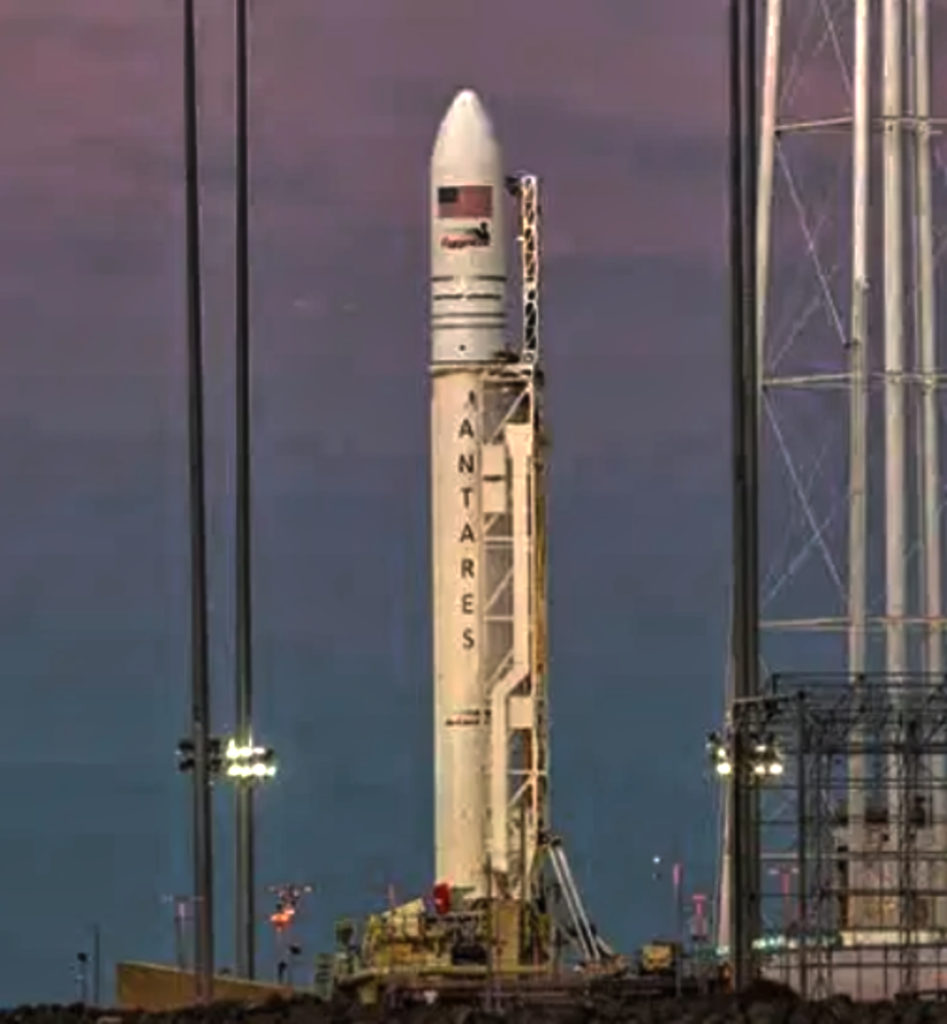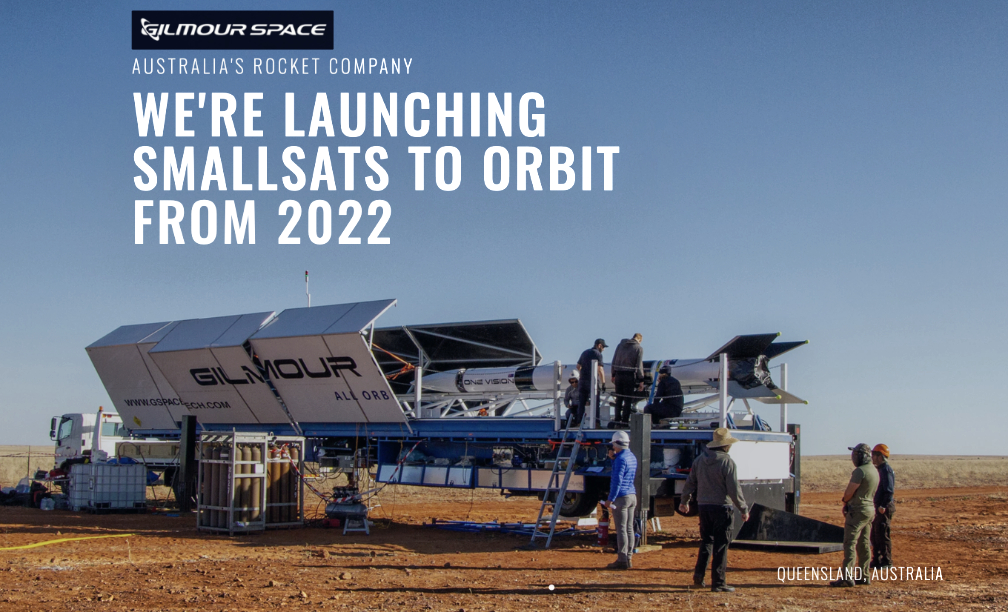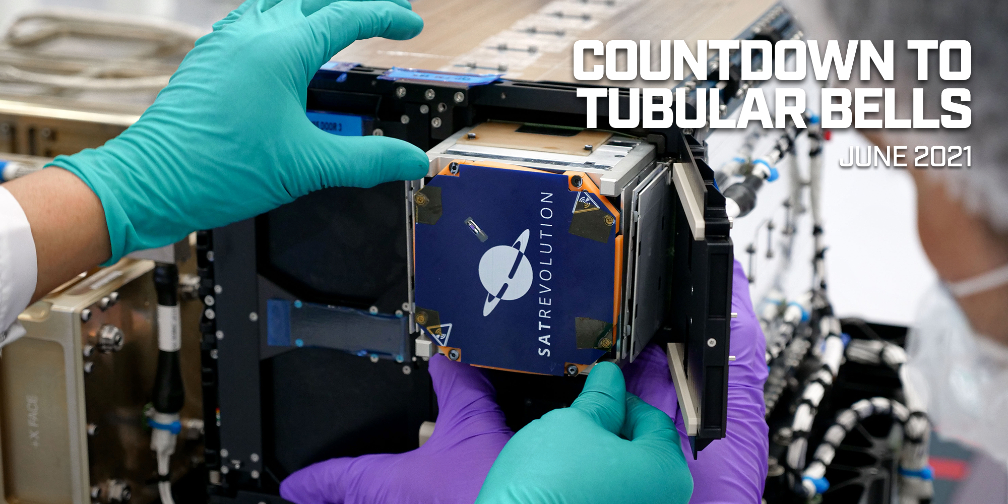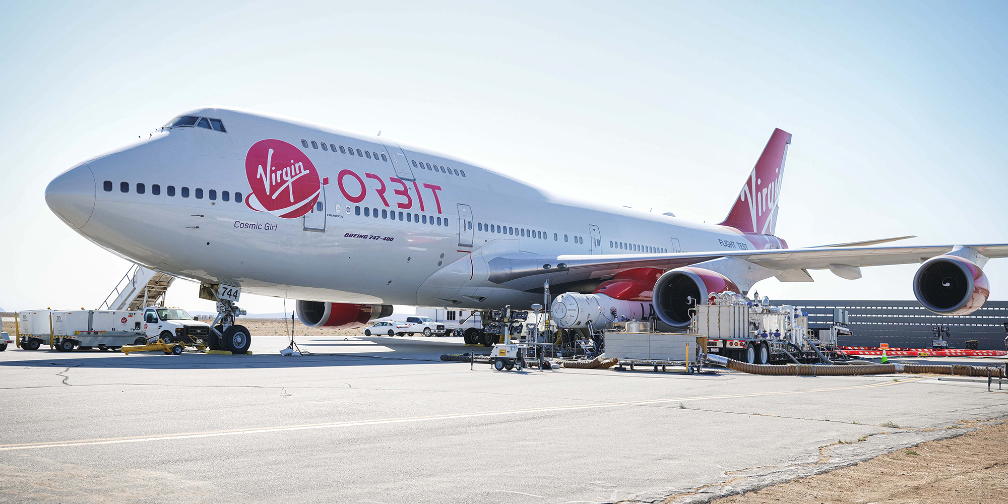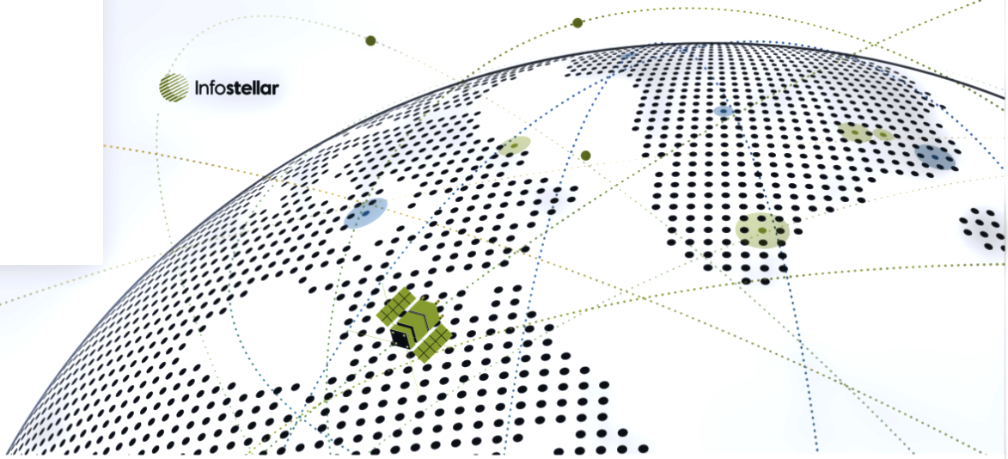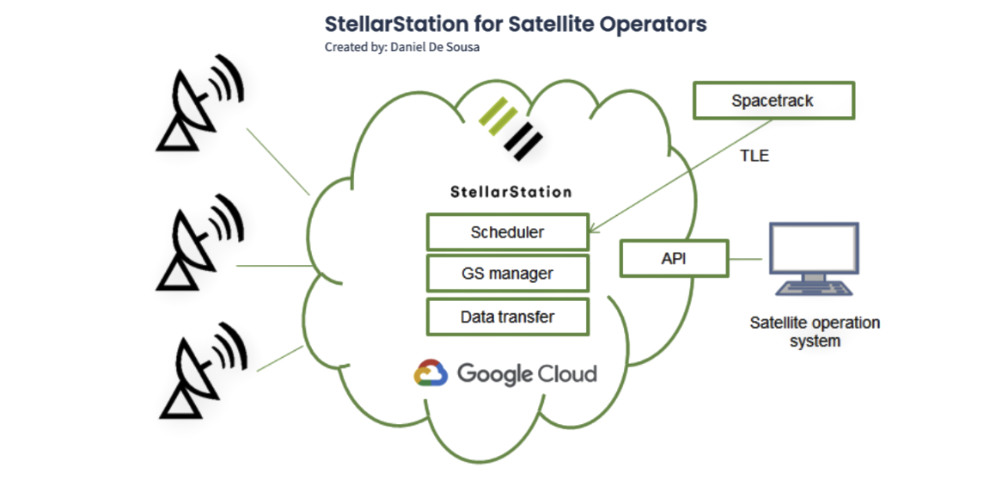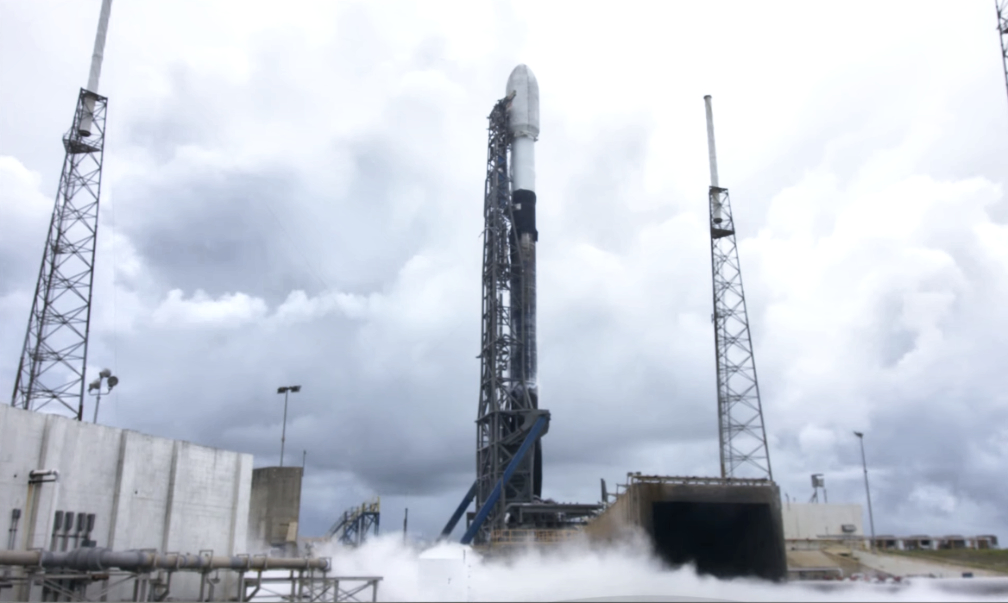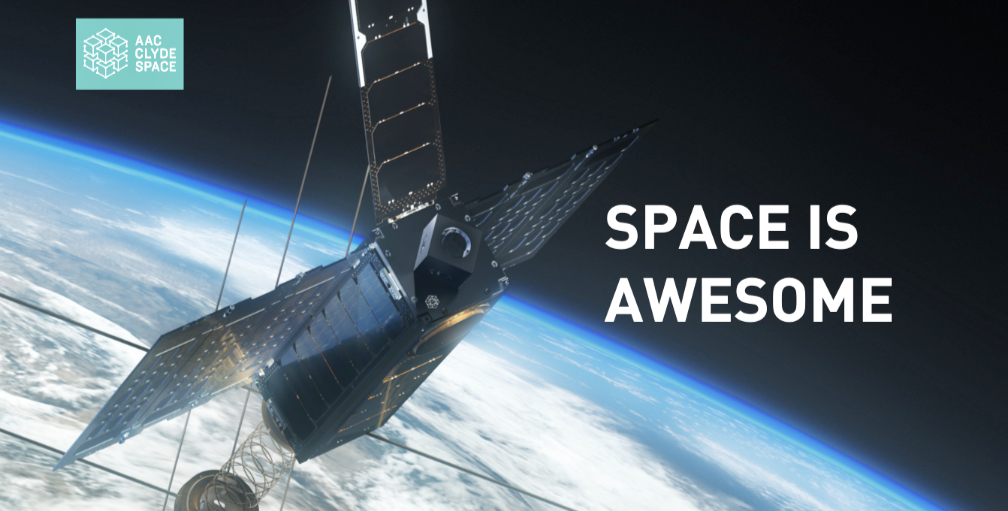
AAC Clyde Space was honored to be visited by Her Majesty The Queen and Her Royal Highness, The Princess Royal, at the company’s Glasgow, Scotland, facility.
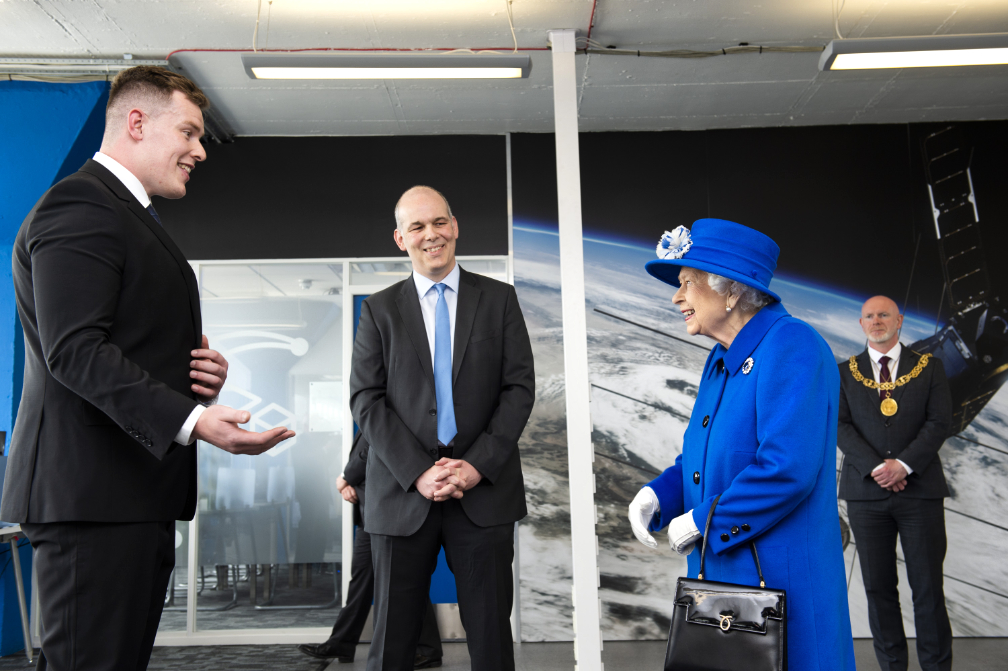
AAC Clyde Space were also joined by the Head of the UK Space Agency, Dr. Graham Turnock and the Lord Provist of Glasgow, Philip Braat. During the visit, Her Majesty The Queen, Her Royal Highness, The Princess Royal, and AAC Clyde Space CEO, Luis Gomes, toured the building and met with key members of the team for an overview on the company’s latest services, missions, and next generation satellites.
The visit highlighted the UK’s commitment to become a global leader in the Space Industry, STEM promotion and the development of sovereign capabilities such as the quickly approaching vertical launches from Scotland, which will enable the UK to offer full, end-to-end, smallsat supply chain capabilities.
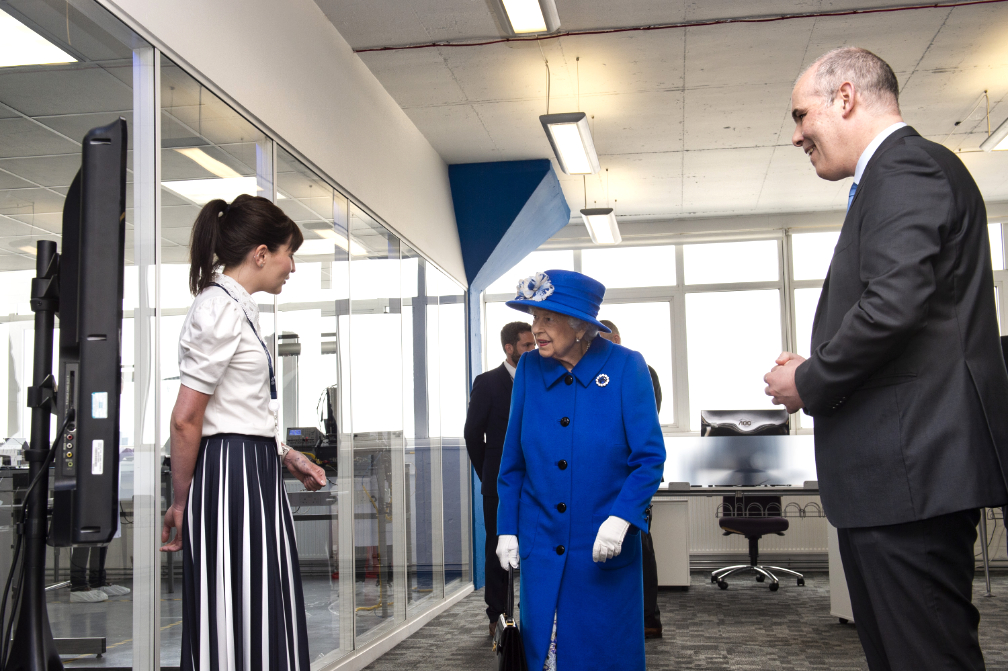
AAC Clyde Space designed and manufactured Scotland’s original satellite, UKube-1, in 2014 in partnership with the UK Space Agency and has since launched 10 Glasgow built satellites, with a further 7 in production at the Glasgow site. The company specializes in smallsat technologies and services that enable businesses, governments and educational organizations to access high-quality, timely data from space. This data has a vast range of applications, from weather forecasting to precision farming to environmental monitoring, and is essential to improving our quality of life on Earth.
“We’re honored to have had our royal guests here at AAC Clyde Space today, to celebrate Scotland’s contribution the thriving UK Space sector. Over the last two decades, Scotland has built a world leading industry in satellite manufacturing, engineering, data, and ground-breaking research. As we look forward to the next chapters in this successful journey, including the UK’s first orbital spaceport, this is a great time to not only celebrate but to promote Scotland’s growing space industry to future generations. ” said AAC Clyde Space CEO, Luis Gomes.
UK Space Agency Chief Executive Dr. Graham Turnock said, “From space-based earth observation and data analysis to world-class satellite design and manufacture, Scotland is pivotal to the UK’s ambitions in space. Thanks to its science and engineering strengths and geographical position, Scotland is at the heart of our plans to launch satellites into orbit from home soil in 2022, and we’re proud that the Scottish space sector is growing fast and creating the high-skilled jobs that will power economic growth. I’m delighted that Her Majesty the Queen and Her Royal Highness the Princess Royal have chosen to visit space businesses today, and I hope they will be as thrilled as I am about this extraordinary success story for Scotland.”

